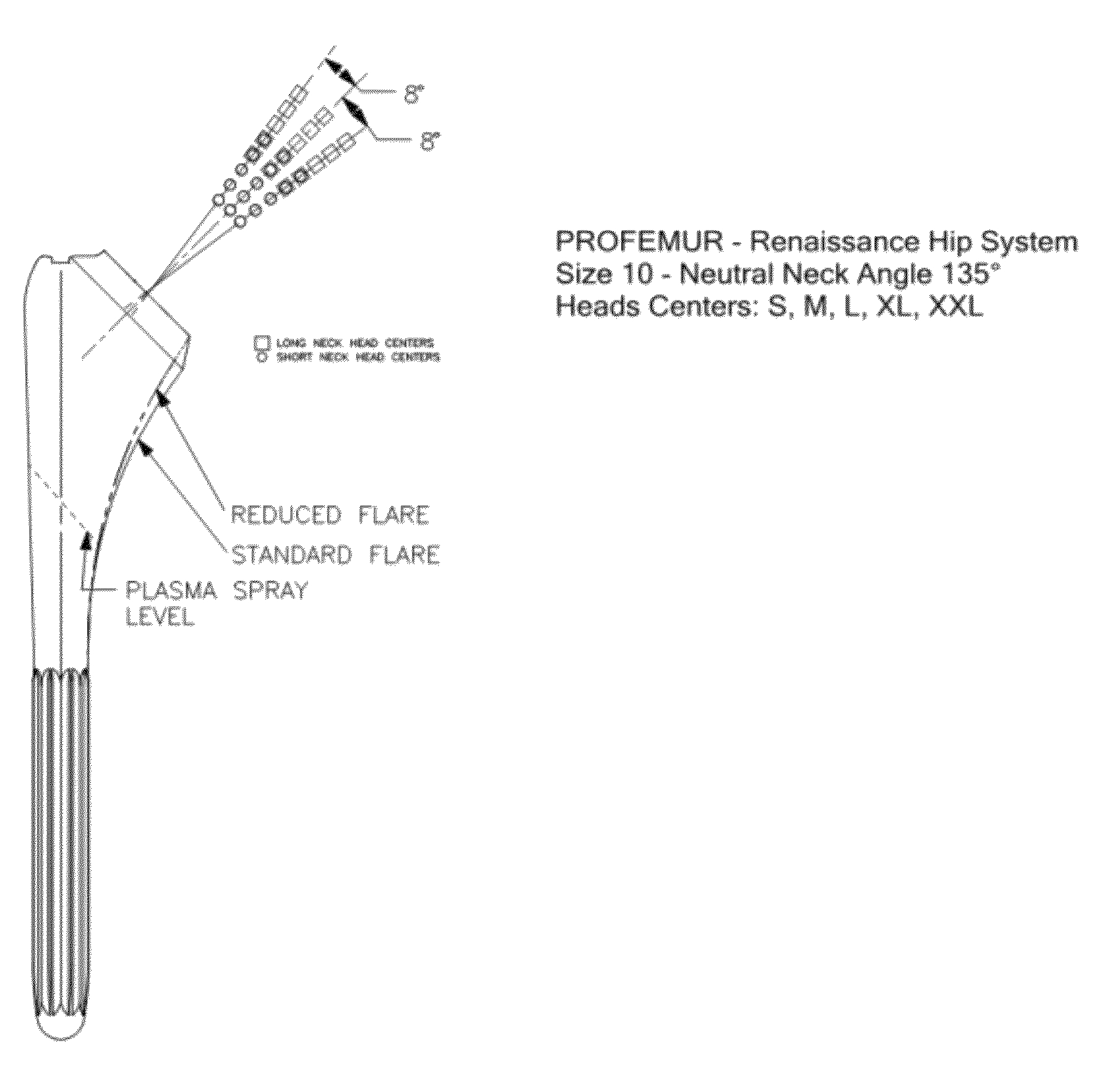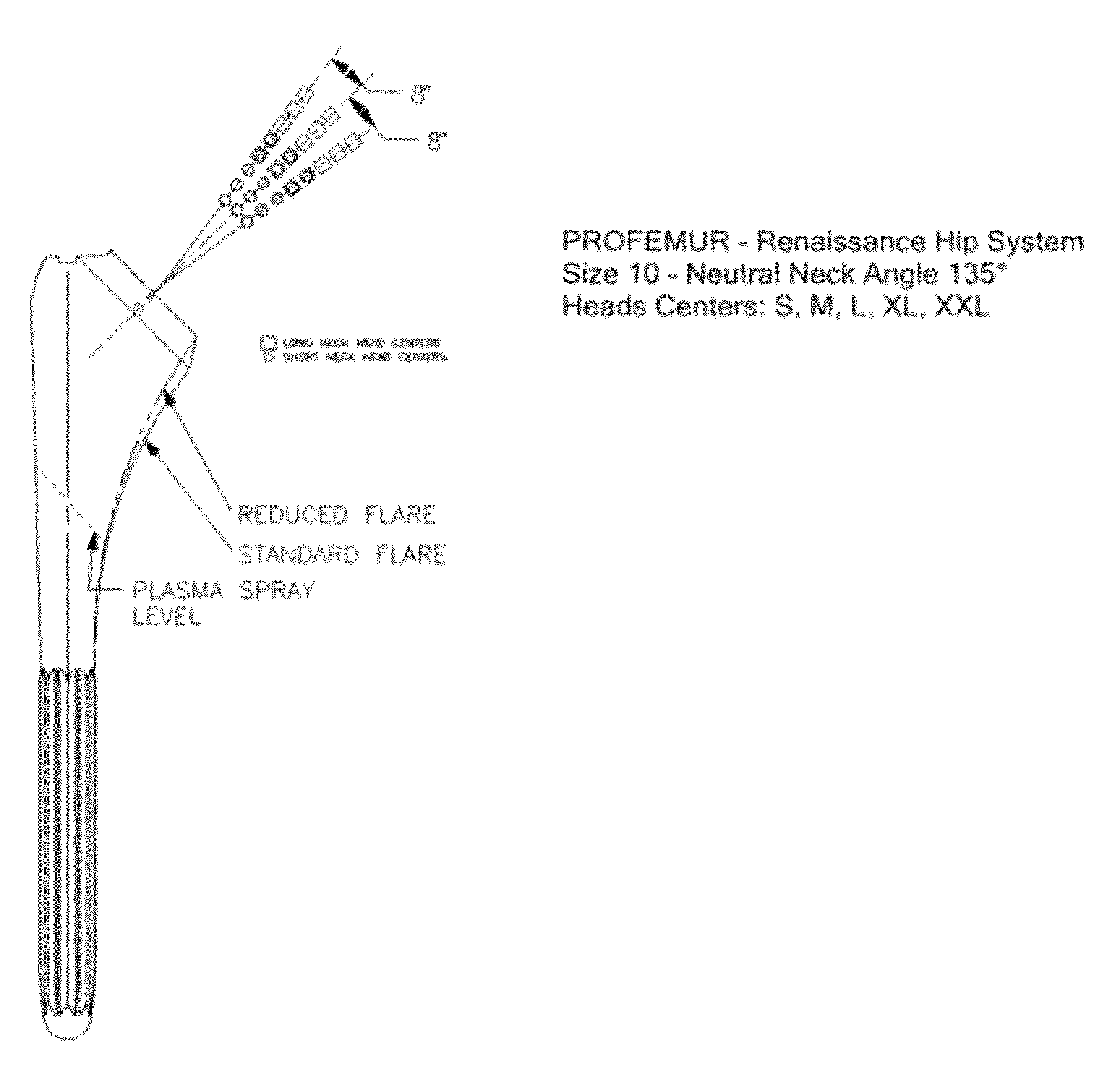Independent digital templating software, and methods and systems using same
a digital templating software and digital templating technology, applied in the field of independent digital templating software, methods and systems using same, can solve the problems of difficult selection of the most appropriate size and manufacturer for a given clinical situation, the difference between the sizes and shapes of each particular implant is not easily discernable, and the bone quality also changes with age. , to achieve the effect of reducing the cost of the system, facilitating effective pre-operative planning, and increasing efficiency
- Summary
- Abstract
- Description
- Claims
- Application Information
AI Technical Summary
Benefits of technology
Problems solved by technology
Method used
Image
Examples
example
[0122]A user views the radiographic images consistent with current standard practice, and chooses at least one appropriate existing image for pre-operative planning. For example, for a total hip arthroplasty, usually an antero-posterior (AP) view of the pelvis is selected.
Step I: Importing the Image
[0123]When ready for templating:
[0124]1) User presses a programmed function key (e.g., the default key can be F11) to activate the software and bring it to capture mode from standby mode.
[0125]2) By pressing the function key, the mouse cursor changes from the typical arrow shape to a plus sign (+), showing it is ready to capture and import at least a selected portion of the image displayed on the computer screen. User moves the computer mouse and places the cursor over one corner of, or one location in, a x-ray image and then presses and holds the left click button of the mouse (or the corresponding key on the keyboard).
[0126]3) User moves the cursor diagonally to the opposite corner whil...
PUM
 Login to View More
Login to View More Abstract
Description
Claims
Application Information
 Login to View More
Login to View More - R&D
- Intellectual Property
- Life Sciences
- Materials
- Tech Scout
- Unparalleled Data Quality
- Higher Quality Content
- 60% Fewer Hallucinations
Browse by: Latest US Patents, China's latest patents, Technical Efficacy Thesaurus, Application Domain, Technology Topic, Popular Technical Reports.
© 2025 PatSnap. All rights reserved.Legal|Privacy policy|Modern Slavery Act Transparency Statement|Sitemap|About US| Contact US: help@patsnap.com


